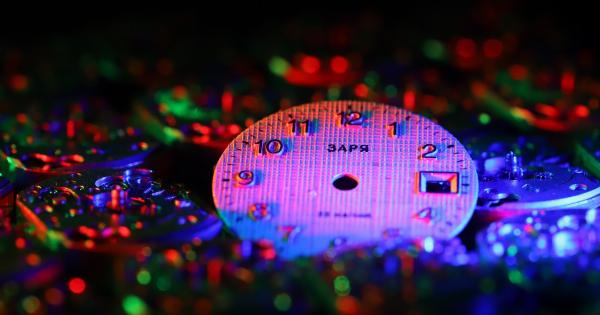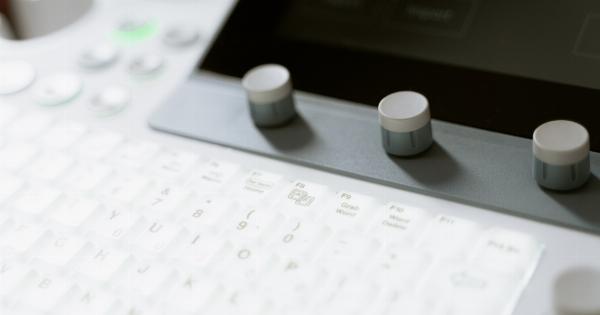Heart Pace Maker without Electrodes.
What is a Pacemaker?
A pacemaker is a small device that is used to help regulate the heartbeat. It is often used in patients who have irregular heart rhythms or conditions that cause the heart to beat too slowly.
Traditional pacemakers use electrodes that are implanted into the heart to monitor and regulate the heartbeat. However, advancements in technology have led to the development of pacemakers without electrodes.
How Does a Traditional Pacemaker Work?
Traditional pacemakers use electrodes that are implanted into the heart to monitor the heart’s electrical activity and deliver electrical signals to regulate the heartbeat.
These electrodes are connected to the pacemaker device, which is usually implanted under the skin in the chest area. The pacemaker continuously monitors the heart rhythm and delivers electrical pulses when needed to maintain a normal heartbeat.
The Limitations of Traditional Pacemakers
While traditional pacemakers have been used successfully for many years, they do have certain limitations. The electrodes that are implanted into the heart can cause complications such as infection, bleeding, or damage to the heart tissue.
Additionally, the presence of electrodes in the heart can limit the potential for future treatments or interventions.
Advancements in Pacemaker Technology
In recent years, researchers and engineers have been working on developing pacemakers without electrodes. These new pacemakers use wireless technology to monitor and regulate the heartbeat, eliminating the need for invasive electrodes.
How does a Pacemaker without Electrodes work?
A pacemaker without electrodes works by using sensors to detect the heart’s electrical signals through the skin. These sensors are typically placed on the chest area, near the heart.
The device then uses advanced algorithms and software to analyze the signals and determine if any intervention is needed.
Benefits of Pacemakers without Electrodes
Pacemakers without electrodes offer several benefits compared to traditional pacemakers:.
- No invasive procedure: Since there are no electrodes implanted into the heart, the pacemaker can be implanted without the need for invasive surgery.
- Reduced risk of complications: Without the presence of electrodes, the risk of complications such as infection or damage to the heart tissue is significantly reduced.
- Greater flexibility and adaptability: Pacemakers without electrodes can be easily repositioned or upgraded if needed, allowing for greater flexibility in patient care.
- Improved patient comfort: The absence of electrodes in the heart can lead to improved patient comfort and quality of life.
Are Pacemakers without Electrodes as Effective?
Although pacemakers without electrodes are a relatively new technology, studies and clinical trials have shown promising results.
In many cases, these pacemakers have been found to be as effective as traditional pacemakers in regulating the heartbeat and improving patient outcomes.
Current Development and Future Outlook
Currently, pacemakers without electrodes are still in the developmental stage and not widely available. However, ongoing research and advancements in wireless technology are expected to further improve the performance and accessibility of these devices.
In the future, pacemakers without electrodes may become the standard of care for patients requiring heart rhythm management.
Conclusion
In conclusion, pacemakers without electrodes offer a promising alternative to traditional pacemakers.
These devices use wireless technology to monitor and regulate the heartbeat, eliminating the need for invasive procedures and reducing the risk of complications. While still in the developmental stage, pacemakers without electrodes have the potential to revolutionize heart rhythm management and improve patient outcomes.





























